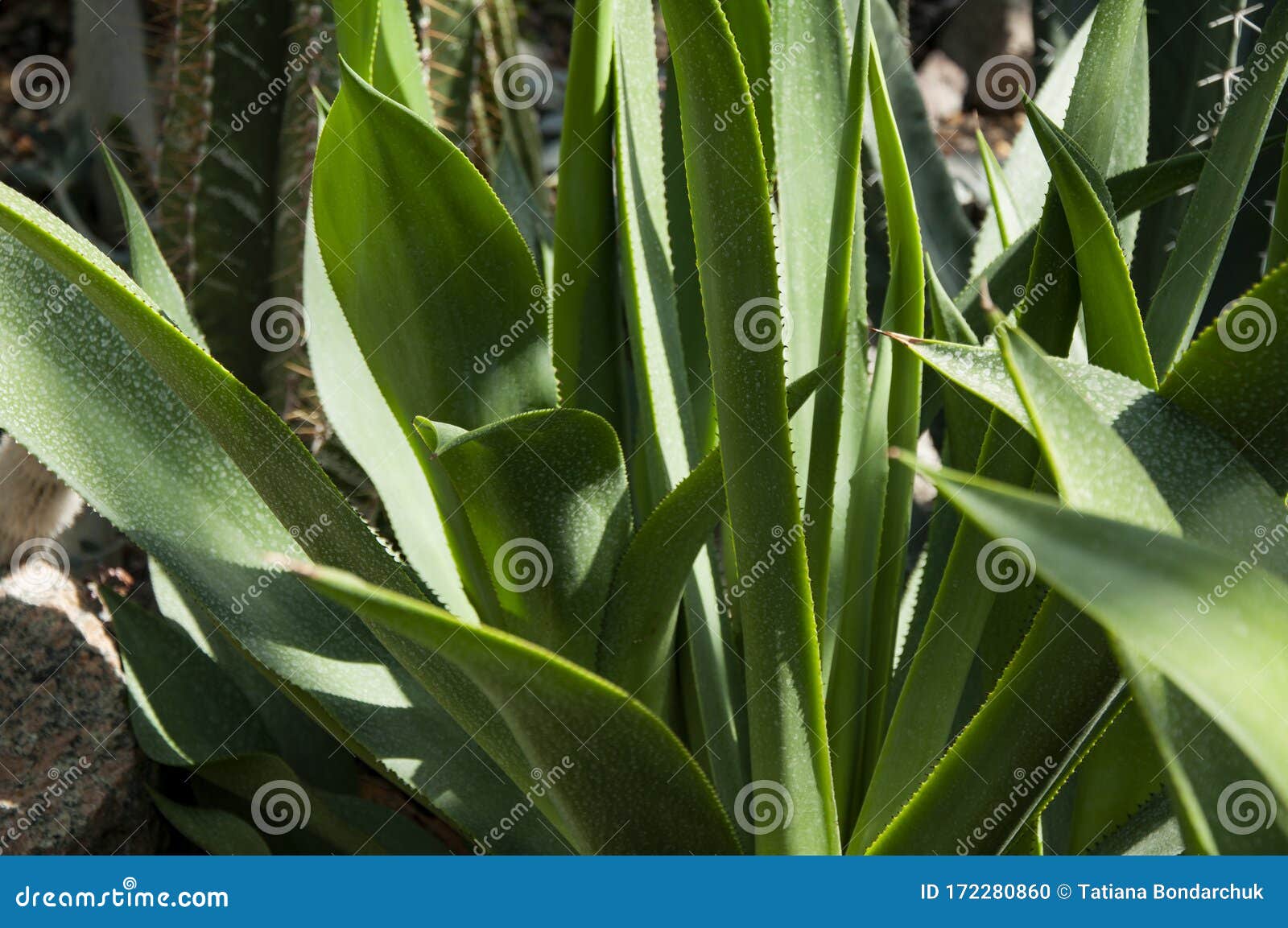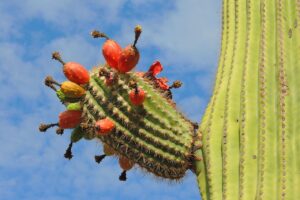Cacti are often thought of as spiny, prickly plants that thrive in arid environments, yet there exists a lesser-known category that defies these preconceived notions: cacti with long leaves. The allure of these unique specimens captures the imagination of horticulturists, enthusiasts, and casual observers alike. Understanding the characteristics, identifiers, and care requirements of these long-leaved cacti not only enhances one’s appreciation but enriches the experience of cultivating these extraordinary plants.
Individuals are often fascinated by the juxtaposition of the traditional cactus appearance and the unexpected elegance of elongated foliage. This fascination transcends mere aesthetics, challenging the norm and inviting deeper inquiries into adaptation and diversity within the plant kingdom.
Cacti with long leaves not only serve as striking ornamental pieces but also demonstrate remarkable resilience. Their adaptations to survive in harsh environments can be a source of inspiration and admiration in the ever-changing landscape of plant biology.
Identifying Long-Leafed Cacti
Long-leaved cacti can typically be categorized into several genera, each showcasing unique proliferation patterns and morphologies. Among the most notable genera featuring cacti with long leaves are Rhipsalis, Opuntia, and Pereskia. Each of these demonstrates a distinctive approach to photosynthesis and water conservation, culminating in their long, verdant appendages.
The genus Rhipsalis includes a variety of epiphytic cacti, often observed in tropical and subtropical regions. These plants are distinguished by their segmented, leaf-like stems, which can vary significantly in length—from a few inches to several feet. The elongated stems are adorned with tiny spines and produce delicate flowers, typically in hues of white, yellow, and pink. Their graceful drooping habit is quite mesmerizing, creating an ethereal appearance reminiscent of cascading waterfalls.
Opuntia, commonly referred to as prickly pear cactus, can also exhibit long, leaf-like pads in certain varieties. While generally recognized for their thick, fleshy pads and spines, certain species can develop elongated pads that protrude from the cactus body, creating a striking visual display. Such varieties often feature vibrant blooms and serve as an intriguing architectural element in a landscape.
Lastly, Pereskia serves as a fascinating outlier among cacti due to its leaf-bearing habit. This genus consists of shrubs and trees that retain leaves year-round, presenting a hybrid look of both cacti and flocking foliage. The long, leathery leaves of Pereskia cacti offer photosynthesis opportunities beyond their spiny counterparts, showcasing an evolutionary strategy that enables survival in variable climates.
Caring for Long-Leafed Cacti
Proper care for these unique cacti ensures vibrant health and prolific growth. Understanding the nuances of their specific requirements is paramount, particularly concerning light, soil, water, and temperature.
When it comes to light, long-leaved cacti generally thrive in bright, indirect sunlight. Direct exposure can precipitate scorching of the delicate leaves; therefore, positioning them near east or west-facing windows is optimal. For those dwelling in regions with potent sunlight, utilizing sheer curtains can filter harsh rays while allowing essential warmth and light to penetrate.
Soil composition is equally critical; a well-draining potting mix is non-negotiable. Cacti, including their long-leafed relatives, are susceptible to root rot if moisture stagnates in dense, heavy soil. A blend that combines cactus mix, perlite, and coarse sand creates a balance of drainage and aeration—imperative for healthy root development.
Watering habits require a methodical approach. Long-leaved cacti prefer a thorough soaking during the growing season; however, it is crucial to allow the soil to dry out completely between watering sessions. In the dormant winter months, the frequency should be reduced, often leading to a serene period of rest for the plant. Overwatering remains one of the leading causes of cactus demise, hence adherence to a diligent schedule is essential.
Temperature regulations are also a vital consideration. Most long-leaved cacti emerge from tropical and subtropical habitats, necessitating a warm and stable environment. Ideally, temperatures should range between 70°F to 90°F during active growth, with a slight decrease during dormancy applying as low as 60°F. Additionally, monitoring humidity levels can be beneficial, especially for epiphytic varieties.
The Fascination with Long-Leafed Cacti
The burgeoning interest in long-leafed cacti transcends aesthetic pleasure; it prompts a greater understanding of adaptation and survival in the plant world. Observing how these remarkable plants modify their structure and function in response to their environment can incite reflection on the intricacies of nature itself.
Delving into the realm of long-leaved cacti is to engage with a captivating narrative of resilience, aesthetics, and evolutionary marvel. The stories encapsulated in the twisted forms of these plants speak to the indomitable spirit of life, inspiring both admiration and contemplation.
In conclusion, the world of cacti with long leaves is a striking testament to nature’s diversity and ingenuity. Their unique adaptations confer not only ornamental beauty but also serve as a reminder of the profound relationships between plant forms and environmental challenges. Cultivating a fascination for these extraordinary specimens enriches the experience of gardening and deepens one’s connection to the wonders of the natural world.





Leave a Comment